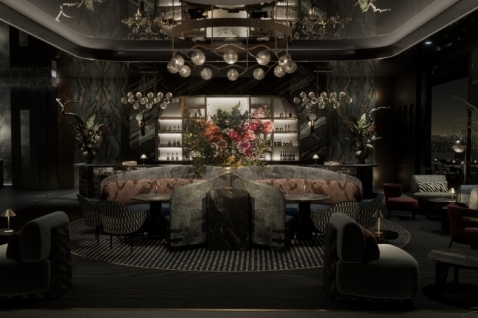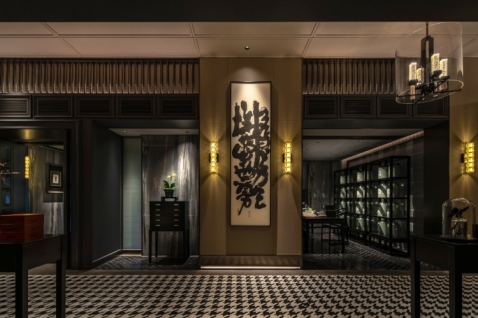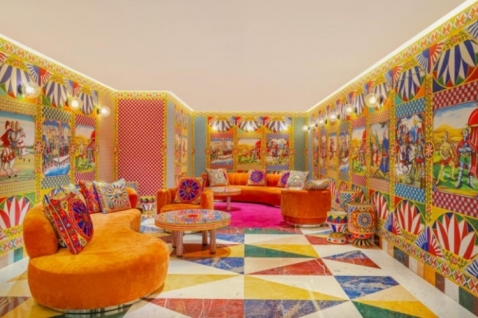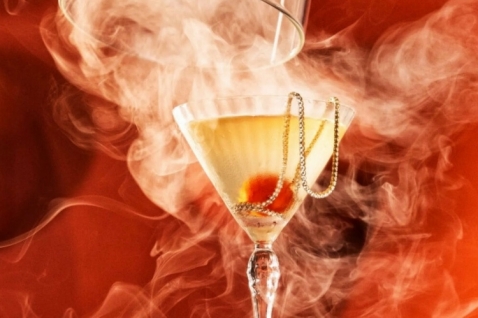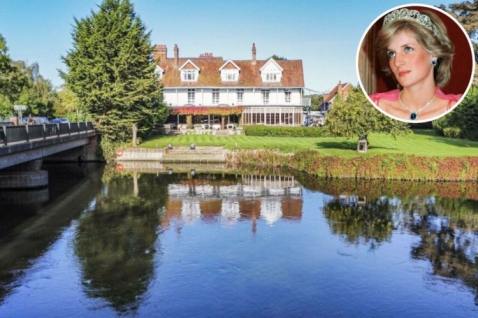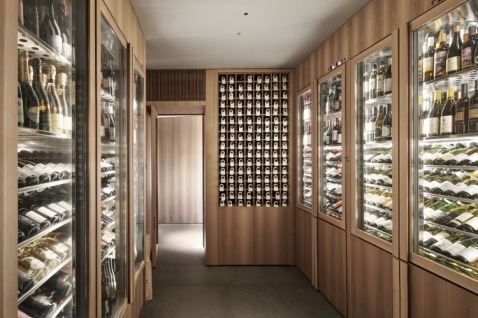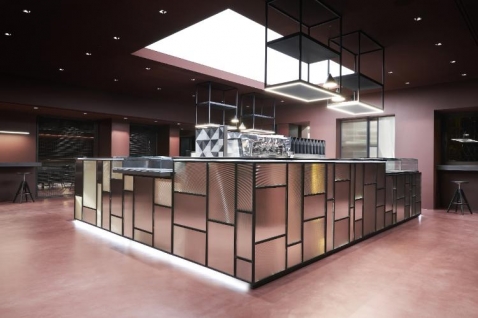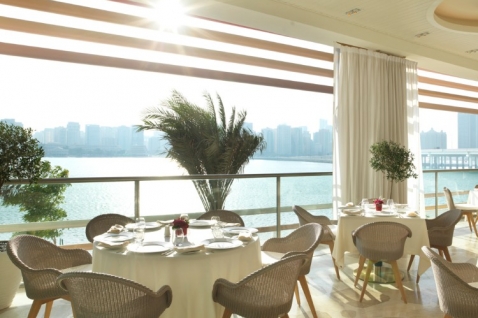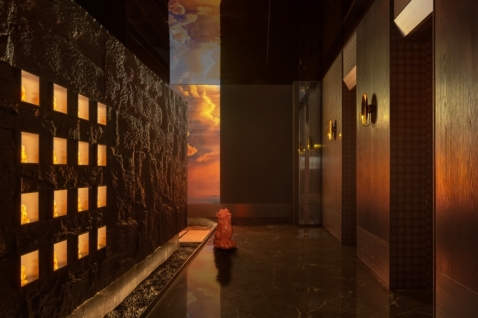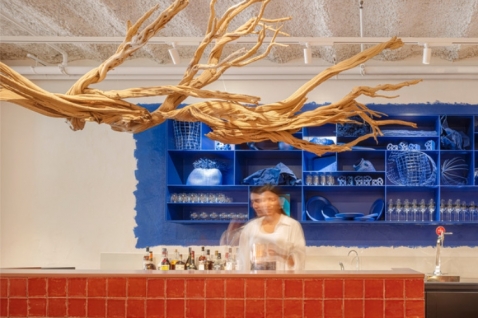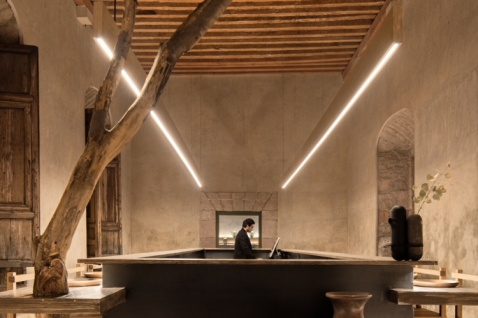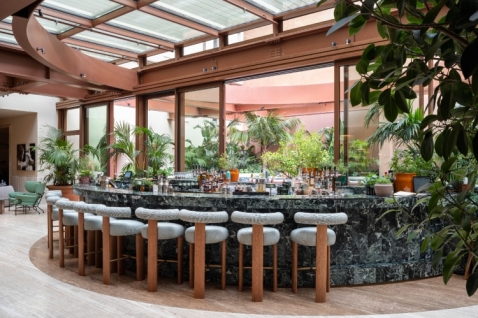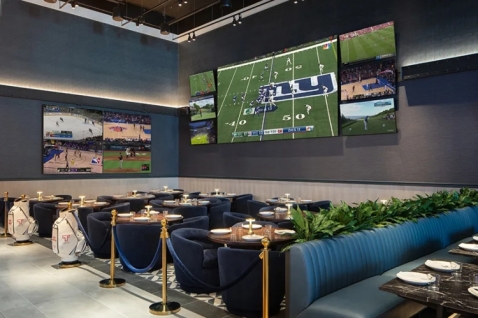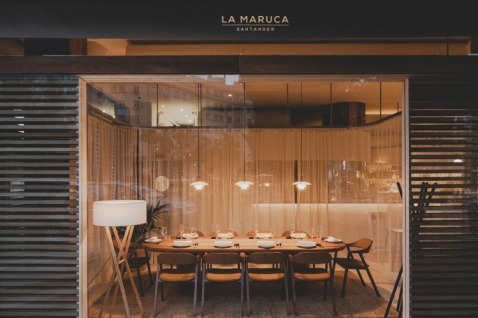It all began in 1978 in Japan, where the owner of the Hotel Nikko in Paris was looking for a chef for his new restaurant, Benkay...
There he met Kyoichi Kinugawa, who became the chef of the famous establishment until 1984, the year that Kinugawa opened, marking a milestone in the history of Parisian Japanese cuisine.
Success was immediate under the leadership of Mr. Kinugawa, and the spot was soon ranked among the best Japanese restaurants in the capital, and even Europe. Parisians flocked there to enjoy traditional Kyoto cuisine and desserts, then made by Jean Paul Hévin, now the well-known master chocolatier...
Kinugawa became a must-visit spot for aprestigious clientele of personalities from the worlds of fashion, film and politics, and remained so until Mr. Kinugawa’s death in 2005, which marked the end of an era. The rest of the story is that of a friendship. Romain Costa is president of the Black Code Group, which runs establishments that focus on the gastronomic heritage of Japan, with restaurants such as the Orient Extrême Montaigne. The Parisian architects Patrick Gilles and Dorothée Boissier are representatives of a style that brought them to international fame with the Buddakan in New York, the interior architecture of Hakkasan restaurants worldwide, the Mini Palais and La Villa in Paris, and soon, the Baccarat Hotel in New York in 2014, the Mandarin Oriental in Marrakech at the end of 2013 and more...
Gilles & Boissier have created the interior design and décor. They worked with a team of French artisans and artists, once again showing the value they place on knowhow, tradition and excellence. What better place than Paris for this project to come to life? City of design, and hub of innovation for fashion, food, and creation ...
With time, the idea found its focus: to distill the essence, the most subtle points of the culture of the Empire of the Rising Sun, while adding a contemporary twist. After crossing the threshold of the intimate double door entrance, the visitor discovers the space that the architects have reconstructed.
A rift pierces the two floors and creates an immediate break with the outside. The 6-meter high walls display a design in white plaster. The artist Alix Waline gorgeously plays with pointillism in a way that calls to mind the water movements of Japanese prints. Entering further leads to a black granite bar and amber mirrors, facing a long bench in bronze leather, lined with tables. Here, tribute is paid to the tradition of cocktail, from the classics to special creations, taking advantage of the carefully chosen dishes offered on the menu.
One is then seemingly projected onto a Japanese street, evoking both Tokyo and Kyoto. These two cities have inspired and made an impression on Gilles & Boissier, and here their contrasts meld together beautifully.Kyoto is elegant, meditative, and sentimental while Tokyo is masculine, bold and brazen. On one side, a high pavilion. On the other, a dramatic mural. Taking the cloistered-feeling stairway, one suddenly discovers the life and movement of the entire space via the view through wooden lace of the pavilion. See and be seen. The wood paneling with openwork design can be found in the windows and in the openings, acting as a screen to create the kind of shadow play and transparency that is an integral part of Japanese theater.
Upstairs is “l’Atelier”, an intimate room where one can watch the hypnotic beauty of the sushimen at work on the other side of the counter. Menus tailored to suit the imaginations of diners, based around seasonal ingredients, are available upon request. Their expertise and unique skill, combined with a desire for innovation and constant reinvention of tradition, make this unusual space a gastronomic hothouse.


